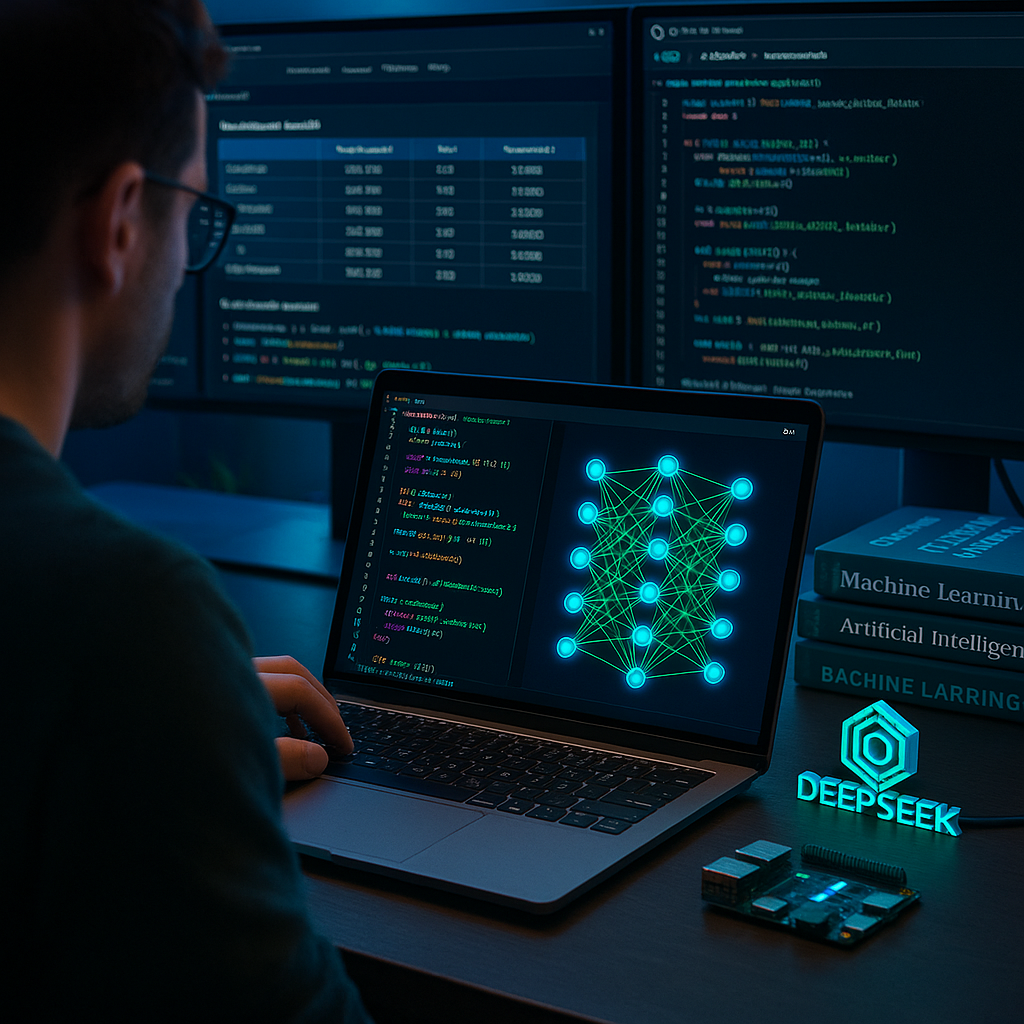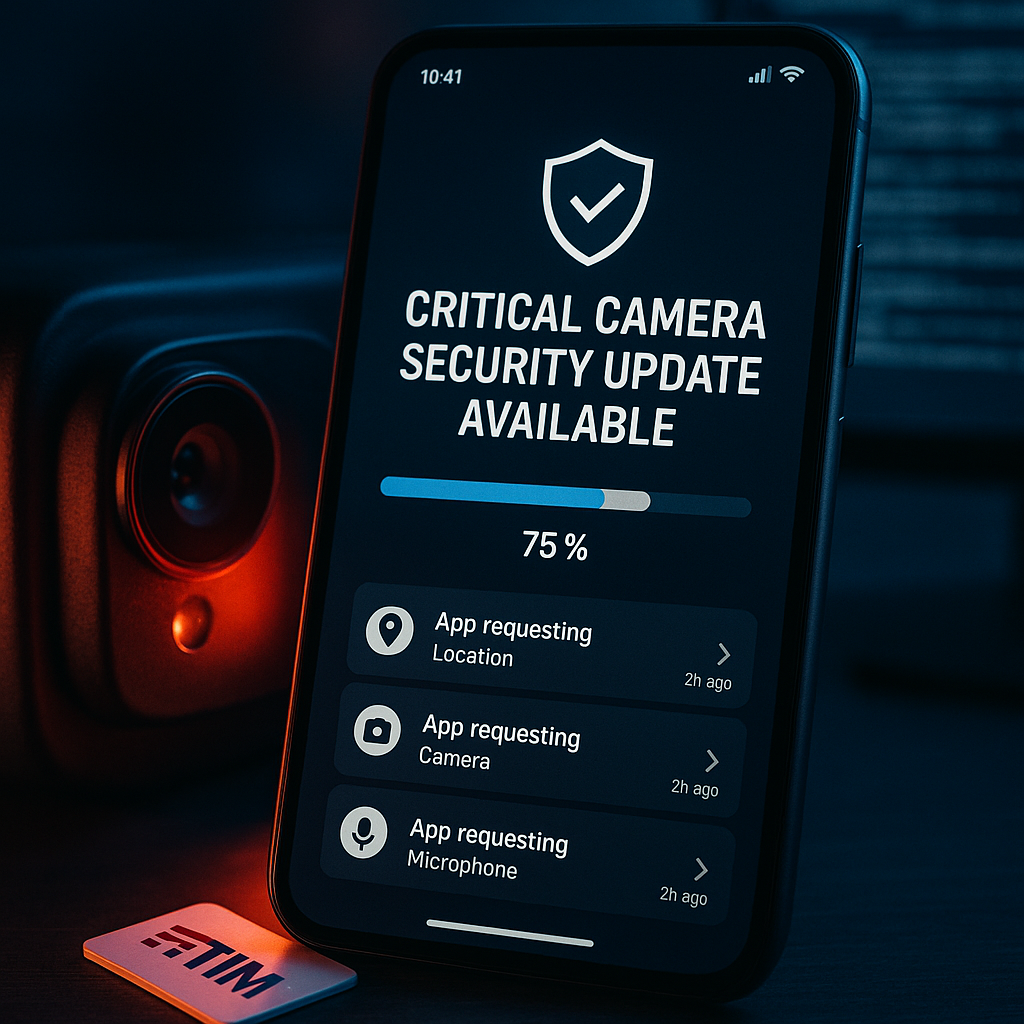Key Takeaways
- Blockchain rewires trust for the digital era: Unlike traditional systems that rely on central authorities, blockchain distributes trust across a network. This structure makes fraud and manipulation significantly more difficult and brings transparent trust within reach for everyone.
- Immutability fights institutional distrust head-on: Every transaction recorded on a blockchain is tamper-resistant and permanent. This directly confronts modern skepticism about data manipulation in finance, government, and business by cementing an unchangeable record.
- Transparency transforms opacity into open verification: Every participant in a blockchain network can view the same record of transactions. This removes hidden agendas and fosters genuine accountability in critical areas such as supply chains and voting systems.
- Decentralization cuts out the middleman: With no single point of failure or control, blockchain networks empower users and reduce dependence on banks, clearinghouses, and other traditional gatekeepers.
- Consensus mechanisms ensure security without secrets: Rather than trusting a privileged few, blockchain relies on collective agreement among independent nodes to validate transactions, minimizing risk and maximizing confidence.
- Beyond cryptocurrency: Blockchain’s real-world reach grows: Industries such as healthcare, logistics, education, intellectual property, and environmental science are leveraging blockchain for secure, efficient, and verifiable solutions.
- Blockchains are not magic. They have trade-offs: While blockchains enhance transparency and security, they also face challenges such as energy consumption, scalability limits, and upgrade complexities.
By embracing these core truths about blockchain, it becomes clear that its impact reaches far beyond industry buzzwords. Get ready to explore how distributed ledgers are quietly revolutionizing trust, value recording, and business operations in the digital era.
Introduction
Imagine a record book that everyone can read but no one can secretly rewrite. This is the foundation of blockchain basics. While blockchain technology first made headlines via cryptocurrencies like Bitcoin, its applications extend far beyond digital coins. Blockchains use distributed ledger technology to create digital trust in environments where it was once scarce. Every transaction is transparent, tamper-resistant, and verified not by a central authority but by a collaborative network.
In a world overflowing with technical jargon and hype, demystifying blockchain provides a tangible advantage. Whether you’re curious about how blockchain transforms digital trust, want to understand the transparency it offers, or are interested in its disruption across different industries, mastering blockchain fundamentals unlocks the broader potential.
Let’s break down blockchain in accessible terms and see how distributed ledgers are reshaping trust, accountability, and security for our digital future.
Un passo avanti. Sempre.
Unisciti al nostro canale Telegram per ricevere
aggiornamenti mirati, notizie selezionate e contenuti che fanno davvero la differenza.
Zero distrazioni, solo ciò che conta.
 Entra nel Canale
Entra nel Canale
Understanding Blockchain’s Core Mechanism
At its core, blockchain functions as a digital ledger visible to all but unalterable by any one party. Unlike traditional databases overseen by a single administrator, blockchain operates across a network of computers, each of which maintains an identical copy of the entire transaction history.
The term “block” refers to a bundled group of data (typically transactions). These blocks are securely linked in order, forming a continuous and unchangeable chain. When a new transaction occurs, participants (known as nodes) verify it through a process called consensus. This decentralized validation removes the need for a central gatekeeper.
The Power of Decentralization
Traditional systems (such as those used by banks or government agencies) depend on trusted middlemen to authenticate transactions. Blockchain dispenses with such intermediaries through its decentralized structure. The process unfolds as follows:
- All transactions are broadcast to the entire network.
- Multiple nodes work independently to validate each transaction.
- Verified transactions are grouped into blocks.
- New blocks are added to the chain only after consensus is reached through mathematical proofs.
- Every participant’s copy of the ledger is updated in real time.
This collaborative approach results in a system that is both transparent and remarkably resistant to manipulation. It’s like a shared digital truth, immune to the whims of any single authority.
Transparency and Trust in Action
The real-world power of blockchain lies in its ability to address and overcome modern trust issues. In an era marked by skepticism toward large institutions, blockchain provides verifiable transparency and enduring accountability.
Real-World Applications Beyond Cryptocurrency
While cryptocurrencies like Bitcoin showcased blockchain’s potential, the technology now drives transformation across numerous sectors:
- Supply Chain Management: Major retailers such as Walmart and Carrefour track food from farm to shelf using blockchain, ensuring traceability and rapid response to contamination. In the automotive industry, companies like Ford trace mineral origins to guarantee ethical sourcing.
- Healthcare: Blockchain securely manages medical records, enabling efficient and private data sharing while protecting patient confidentiality. Hospitals and clinics can verify the integrity of patient histories, reducing administrative errors.
- Real Estate: Property titles and deed transfers validated on blockchain reduce fraud, lower administrative costs, and accelerate the closing process. Buyers and sellers both benefit from transparent transaction histories.
- Voting Systems: Governments are beginning to experiment with blockchain-based voting platforms that promise tamper-proof, auditable elections and improved voter turnout.
- Education: Diplomas and transcripts issued on blockchain prevent forgeries and streamline verification for employers and universities worldwide.
- Environmental Science: Platforms track carbon credits and monitor renewable energy use, increasing transparency in sustainability initiatives.
A standout example is IBM’s Food Trust network, which has tracked millions of products globally and cut tracing times for contaminated items from several days to mere seconds. That’s led to measurable efficiency gains and improved consumer safety.
The Technical Foundation Made Simple
How Blocks Work Together
Each block in a blockchain contains three fundamental components:
- Data: The detailed records of transactions or events.
- Hash: A unique digital fingerprint generated by the block’s contents.
- Previous Hash: The identifier of the block that comes before it.
This structure creates a self-reinforcing series. Altering any single block changes its hash, immediately severing its connection to subsequent blocks. This mathematical linkage ensures that attempts at fraud are swiftly exposed by the network.
The Role of Consensus
Blockchain networks use various consensus mechanisms to agree upon and validate new transactions. The two most common are:
- Proof of Work (PoW): An approach pioneered by Bitcoin, where participants solve complex cryptographic puzzles to add blocks. While secure, this method requires considerable energy and computing power.
- Proof of Stake (PoS): A more energy-efficient method used by newer platforms, where participants “stake” their coins as collateral to validate transactions. PoS systems can use up to 99% less energy than PoW, making them more scalable and environmentally friendly.
Alternative consensus models are being developed to further address energy and scalability challenges, which is expanding blockchain’s practical reach.
Impact on Traditional Industries
Blockchain’s influence is reshaping the foundations of business and public service operations across the globe.
Financial Services Transformation
In financial services, blockchain has unlocked new levels of efficiency and transparency:
- Transaction costs have dropped by up to 95% for international payments.
- Settlement times for cross-border transfers have shrunk from days to mere minutes.
- Smart contracts (self-executing agreements) automate everything from loan processing to insurance payouts, reducing administrative burdens and errors.
- Risk assessment and fraud detection models take advantage of blockchain’s auditable records to proactively minimize losses.
fraud detection models based on immutable transaction history allow organizations to take a more proactive security stance, addressing threats faster and with greater accuracy.
Government and Public Services
Public sector innovation is accelerating through blockchain integration:
- Digital Identity Management: Secure, portable digital IDs reduce paperwork and fraud while expanding citizen access to essential services.
- Tax Collection & Auditing: Automated, transparent ledgers ensure accurate tax payments and easier regulatory audits.
- Land and Business Registries: Blockchain-based registries safeguard ownership rights and dramatically reduce bureaucratic delays.
Estonia’s widely recognized e-Residency program is a pioneer in this space, using blockchain to enable global citizens and entrepreneurs to securely start and manage businesses. This slashes paperwork and administrative processes by over 50%.
Un passo avanti. Sempre.
Unisciti al nostro canale Telegram per ricevere
aggiornamenti mirati, notizie selezionate e contenuti che fanno davvero la differenza.
Zero distrazioni, solo ciò che conta.
 Entra nel Canale
Entra nel Canale
Expanding Across More Sectors
In addition to finance and government, blockchain is driving innovation in legal tech (contract automation and compliance), retail and e-commerce (counterfeit prevention, inventory management), marketing (secure tracking of digital ad delivery), and even energy grids (peer-to-peer energy trading).
peer-to-peer apps and blockchain-powered solutions in these areas showcase the growing intersection of privacy, transparency, and user empowerment across industries.
Challenges and Limitations
Despite its promise, blockchain must overcome several obstacles to unlock its full potential.
Technical Challenges
- Scalability: Many public blockchains face slow transaction speeds and high fees under heavy demand.
- Energy Consumption: Particularly with Proof of Work systems, the environmental impact can be significant.
- Integration Complexity: Merging blockchain solutions with existing (legacy) systems requires technical and organizational adaptations.
Environmental sustainability concerns highlight the need for greener solutions as blockchain adoption increases worldwide.
Adoption Barriers
- Regulatory Uncertainty: Laws and standards for blockchain technologies are still evolving in many countries.
- Public Understanding: Misconceptions and a lack of user-friendly interfaces limit mainstream adoption.
- Institutional Resistance: Traditional organizations may be slow to embrace change, particularly if blockchain threatens established business models.
Fortunately, industry and government initiatives around the world are working to address these barriers through improved education, clearer regulations, and the advancement of more efficient blockchain platforms.
Conclusion
Blockchain technology is moving far beyond the buzzword stage and establishing itself as an essential foundation for trust and transparency in the digital era. Its architecture (rooted in peer validation, immutable record-keeping, and openness) has the power to reinvent how we exchange value, secure sensitive information, and build reliable systems across industries ranging from finance and healthcare to education and environmental management.
Looking ahead, organizations and individuals that prioritize adaptability and data-driven decision-making will find themselves at the forefront of this transformation. As blockchain innovation accelerates, future breakthroughs in efficiency, security, and collaborative potential will further reshape business, governance, and everyday digital interactions. The next era of digital advancement belongs to those who not only adapt to these changes but anticipate and harness them. Embracing blockchain’s principles today is not just advantageous. It is fundamental to thriving in a rapidly evolving connected world.





Leave a Reply